
One of the most essential components when you think about doing some hiking activity, be it for a couple of hours or perhaps long expeditions, is to carry the best hiking backpack. Being the Andes a favorite place for hikers and adventurers to visit its impressive landscapes of mountains, glaciers, blue lakes and a lot of culture rich in customs and traditions.
Exploring the Andes will undoubtedly give you one of the greatest satisfactions regarding your quiet vacations and full of many energies that will return you home with a lot of adrenaline. In the typical hiking activities, be it through Patagonia, or the great trekking circuits of the Huaraz mountain range, the great Inca trail to Machu Picchu, the famous Ausangate Trek, it is vital to carry the best hiking backpack, with which you can transport all your outdoor items.
In the following list we have organized the best hiking backpacks according to their versatility and capacities. This list is the result of the multiple activities that we have been carrying out in high mountain sports as well as the reviews collected from the thousands of adventurers who have visited the Andes mountain ranges, and of course it is updated every year with the new technologies, that the best companies and manufacturers are launching into the outdoor market.
Average price: $340.00
Capacity: 65 liters – Varies slightly with sizing
Material: Bluesign Recycled 210D Honey Comb Nylon
Weight: 4.87 lbs. (M/L)
Pros: Excellent ventilation – Comfortable suspension – Plenty of pockets and organization options – Solid warranty – High-quality feel
Cons: Slightly unpadded hip belt edges can cause discomfort – Not great for loads over 45 pounds – Can develop a squeaking noise
For intense weekends or week-long backpacking trips where comfort and ventilation are essential, the Atmos AG 65 is the ideal choice. You won’t even remember everything you packed, because its suspension AntiGravity adapts perfectly to your body and wraps your back and hips with 3D suspended mesh. From easy-access stretch-mesh side pockets for water bottles, an internal hydration bladder sleeve for extra hydration, Stow-on-the-Go pole attachment system, and integrated pack cover, the Atmos AG 65 is one of the most chosen among the backpacking backpacks. Made with recycled fabrics in the main compartment, decorative details and the bottom compartment.
This backpack has optimal performance in the following circuits in the Andes: The Inca Trail to Machu Picchu, Ausangate Trek, Lares Trek, Tour to the Vinicunca Rainbow Mountain, Quelccaya Glacier Expedition, Salkantay Trek, Ancascocha Trek, Tour to the Inca Quarry, Trek to Huchuy Qosqo, Trek to Choquequirao.

Average price: $ 199 USD
Capacity: 55L
Material: Nylon (100-denier ripstop nylon main body; 420-denier nylon bottom)
Weight: L: 2 lbs. 14 oz.
Pros: Affordable, lightweight, versatile, very comfortable, good pocket organization, very easy to access water bottles, can remove components to reduce weight, adjustable torso.
Cons: Mesh hipbelt pocket lacks, durability, bladder clip can snag gear
Loaded for a week or stripped down for an overnighter, the men’s REI Co-op Flash 55 pack keeps your load stable and steady. Its integrated suspension and adjustable torso make any hike comfortable. Adjustable torso offers a fine-tuned fit; it also makes it easy for people of different sizes to share the pack or pass it down. Lightweight and durable enough for the long haul
Roll top lid provides weather resistance and allows compression and adjustment of internal volumen, 3D contoured hipbelt and ventilated back panel are comfortable all day with a load up to 30 lbs. For a tight load and good balance, Packmod compression straps (included) can be run from any loop to any other loop, so you can sculpt your pack to the shape of your load. Included Packmod pockets on the shoulder straps and hipbelt are great for phones, snacks, etc. Or you can take them off altogether to save 7 oz. Pocket mesh upgraded to more durable and breathable construction
Compatible with Packmod Hipbelt Extender, Rainshield Pocket, and Mesh Pocket (not included). Water bottle pockets are positioned forward on the hipbelt so you don’t have to remove the pack to grab your drink; snap closures keep a good grip on slim water bottles. Internal sleeve holds hydration reservoirs; tube can be routed over either shoulder. Exterior side pockets are great for storing light items that you want to keep Handy. Top lid is removable and forms simple waist pack using top lid cinch straps, can also be left at home to reduce weight
Large buckled front pocket is great as a rain shell, giving you quick access to things you might need. Attachment loops and removable tool keeper allow trekking poles, ice axes, and more to be lashed on, expanding your carrying ability while keeping the load stable.
This backpack has optimal performance in the following circuits in the Andes: The Inca Trail to Machu Picchu, Ausangate Trek, Lares Trek, Tour to the Vinicunca Rainbow Mountain, Quelccaya Glacier Expedition, Salkantay Trek, Ancascocha Trek, Tour to the Inca Quarry, Trek to Huchuy Qosqo, Trek to Choquequirao.
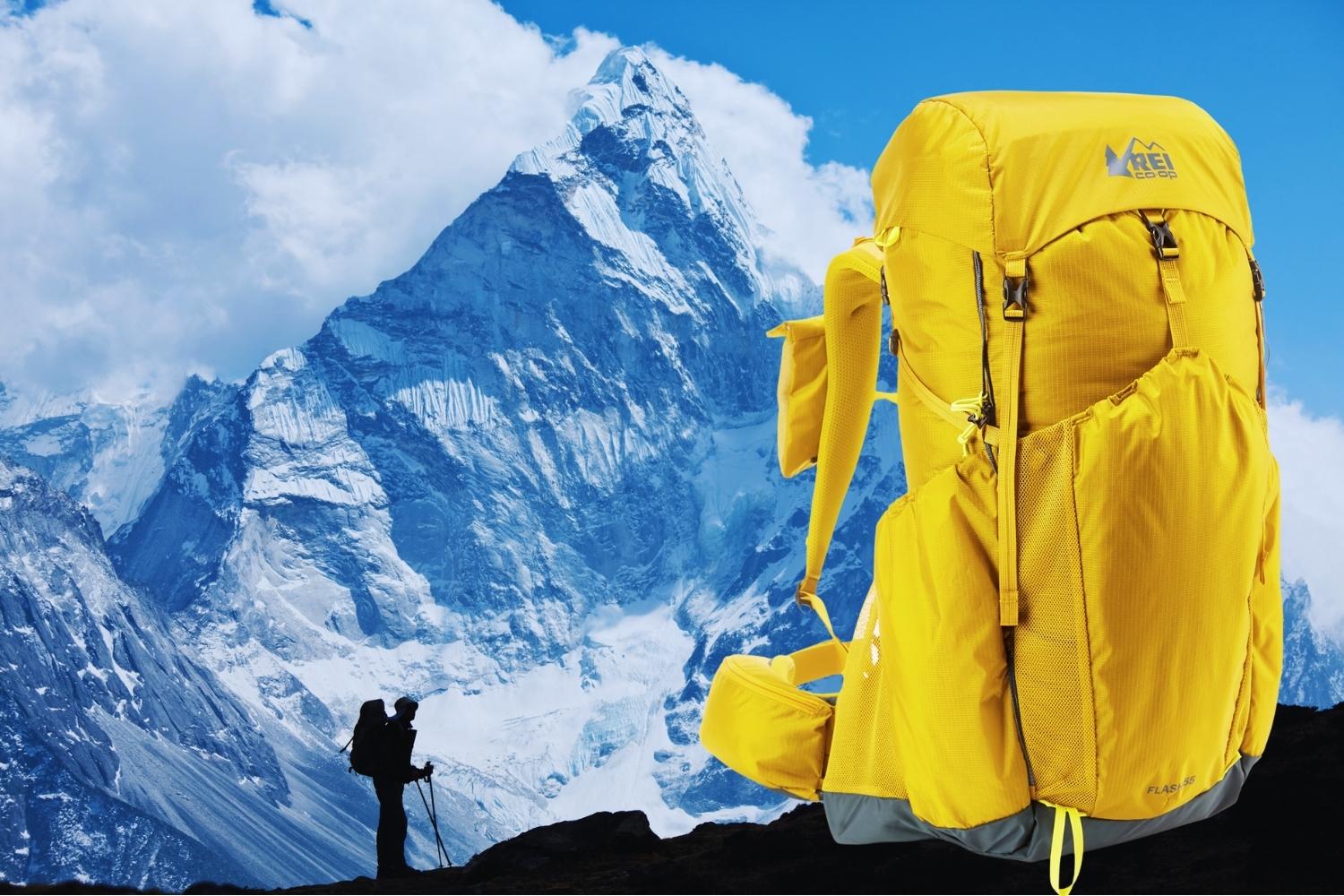
Average price: $ 379 USD
Capacity: 55L
Material: Dyneema: White (DCH50 – main body, DCH150 – bottom); Black (DCH150 – main body and bottom)
Weight: 2.0 lbs | 31.9 oz | 904 g
Pros: Extremely lightweight – Very durable – Waterproof – Long-lasting – Roll-top design
Cons: Very expensive – Fewer pockets – No men’s and women’s options
The versatile 3400 Junction allows you to keep your options open when it comes to packing for a big weekend, multi-day section hikes, thru hikes, or to meet the gear demands of changing seasons and environments. Ideal when resupply points are less frequent and/or for equipment flexibility is needed. When the extra volume is not in use, the 3400’s top can roll down enough to make the overall size of the pack similar to the 2400, but that additional space can come in pretty handy when you need it.
For hikes measured more by changes in climate zones and geographical features than distance, the Junction offers the ultimate versatility required to meet those demands. It comes in at just under two pounds. This backpack also has fantastic suspension as it comes with sewn-on shoulder straps and hip belts. Both feature varying degrees of foams and ensure a comfortable carry. Plus, the pack has an adjustable sternum strap that features an integrated whistle.
The external pockets are elastic and can store your tent poles and water bottles, plus there’s an internal hydration sleeve for keeping you hydrated. Like most ultralight gear, this pack is minimalist and basic in its tube-like design. Aside from the main compartment, the pack features three exterior pockets and two zippered hipbelt pockets. The roll-top system seals with a Velcro closure and fastens to the pack’s sides with buckles. Apart from a simple hydration bladder sleeve, there are no internal zippered pockets or organizational features.
This backpack has optimal performance in the following circuits in the Andes: The Inca Trail to Machu Picchu, Ausangate Trek, Lares Trek, Tour to the Vinicunca Rainbow Mountain, Quelccaya Glacier Expedition, Salkantay Trek, Ancascocha Trek, Tour to the Inca Quarry, Trek to Huchuy Qosqo, Trek to Choquequirao.

Average price: $ 160 USD
Capacity: 22L
Material: Bluesign-approved recycled 100D and 420D nylon fabric
Weight: 2.24 lbs / 1016 g
Pros: Tons of features, fully adjustable, comfortable, well ventilated, separate hydration compartment
Cons: Runs small, side mesh pockets are debatably small
Whether you’re hiking the hills or bike-packing, the Talon 22 is the perfect carry solution. The lightweight pack has a breathable, body-hugging AirScape backpanel and a wraparound harness and hipbelt that move with you. The attachment points for hiking poles, ice ax and bicycle helmet make this backpack a true backpack for multiple sports disciplines. Made from high tenacity, quality bluesign approved recycled nylon.
Air-Scape backpanel with injection-molded die-cut foam creates a breathable, close-to-body fit. A flexible Bio-Stretch harness and hipbelt, with a continuous wrap from the lower back to the hipbelt, allows for dynamic movement. Mesh-covered foam lumbar region for lightweight, comfortable contact surfaces. Harness system easily adjusts to fit various torso lengths.
This backpack has optimal performance in the following circuits in the Andes: The Inca Trail to Machu Picchu, Ausangate Trek, Lares Trek, Tour to the Vinicunca Rainbow Mountain, Quelccaya Glacier Expedition, Salkantay Trek, Ancascocha Trek, Tour to the Inca Quarry, Trek to Huchuy Qosqo, Trek to Choquequirao.

Average price: $ 410 USD
Capacity: 70L
Material: Bluesign-approved 420HD nylon packcloth, PFC-free DWR
Weight: 6.17 lbs / 2.79 kg
Pros: Top lid converts into a day pack – Fine-tuned custom fit – Well designed pocket systems – High load capacity
Cons: Dual access bottle holders don’t function well when the pack is full – Possibility that the amount of shoulder padding could be contributing to soreness on longer trips
The Osprey Aether Plus 70 is fine-tuned bodies of all shapes and sizes. The Fit-On-The-Fly hip belt and shoulder straps are quick and intuitive to adjust. We all know that with higher load capacities, weight distribution can start to affect carry comfort, the Fit-On-The-Fly hipbelt definitely helps redistribute weight, from the shoulders to the lower back when secured. Also, mesh-covered foam on the hip and hip belts create soft padding that’s comfortable and supportive during hikes. Even if you subject it to long walks, it will not cause sore spots or chafing on the contact surfaces on the shoulder, which is a great advantage.
Being at the larger end of Osprey’s pack range in terms of bulk, you won’t be pressured for space. It is good outdoor equipment that both full or empty adapts precisely to your routine, thanks to the multiple straps that it has so that you can compress the volume that is not favorable for you. If you love pockets as much as we do, you’ll love the Aether Plus 70. This backpack has the most necessary pockets where you can store all your hiking gear, and which you can quickly access when you need them.
Having used the Aether Plus 70 in situations ranging from rough trails to overnight hikes and even traveling through airports, there isn’t much real surface damage to the pack. Even after hiking steep trails where branches reach the trail to grab the pack or going up and down rocky sections where you can actually hear abrasions on the outside of the pack, nothing seems to be able to leave a mark on the pack. Osprey has endeavored to use a bluesign approved sustainable high tenacity nylon. Plus, the included rain cover made with PFC-free DWR ensures you’re ready for all conditions with no hassle and minimal impact on the environment you’re exploring.
This backpack has optimal performance in the following circuits in the Andes: The Inca Trail to Machu Picchu, Ausangate Trek, Lares Trek, Tour to the Vinicunca Rainbow Mountain, Quelccaya Glacier Expedition, Salkantay Trek, Ancascocha Trek, Tour to the Inca Quarry, Trek to Huchuy Qosqo, Trek to Choquequirao.
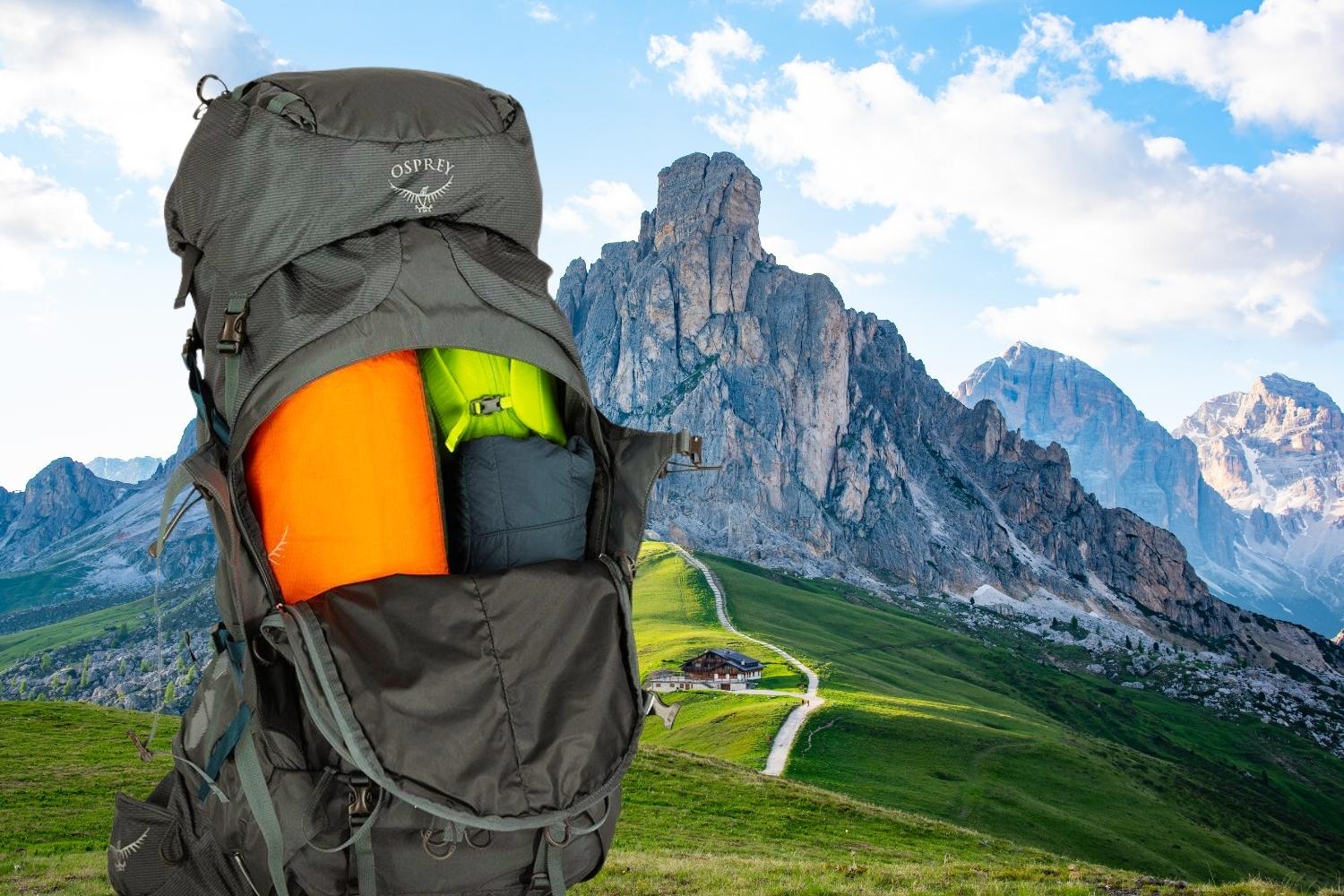
Average price: $ 250 USD
Capacity: 55L
Material: Hadron™ – N315r HT nylon 6,6 LCP – bluesign Approved Material, FC0 DWR
Weight: 2.99 lbs / 1.36 kg
Pros: Lightweight – Highly Water-resistant – Incredibly abrasion resistant – Ice axe loops – Removable lid with zippered pocket
Cons: Bulky, sloppy suspension, less comfortable, wonky (if durable) buckles
The Alpha AR is a more stripped-down pack than some of the others in our range. The main compartment is a super simple space that is tailored towards hauling vast amounts of climbing kit. The compartment is easy to get into, even with gloves on, it features a traditional lid which can be extended for more space or removed to shed further grams. Underneath this, it’s a simple pull to open/pull to close drawcord with a weather protection top flap to help further seal out any bad weather you may incur. Your full trad rack, a helmet, your shoes and a variety of mountain snacks will easily fit in. There is also an additional zipped security pocket on the inside of the lid with a key clip to safely stash all your valuables. External storage consists of ice axe loops that have been designed to fit a wide range of axes and custom webbing daisy chains for additional external storage. The pack also has side compression straps to synch down your pack when it isn’t full to capacity; this adds to the stability and stops the bag from sloshing around.
This backpack has optimal performance in the following circuits in the Andes: The Inca Trail to Machu Picchu, Ausangate Trek, Lares Trek, Tour to the Vinicunca Rainbow Mountain, Quelccaya Glacier Expedition, Salkantay Trek, Ancascocha Trek, Tour to the Inca Quarry, Trek to Huchuy Qosqo, Trek to Choquequirao.
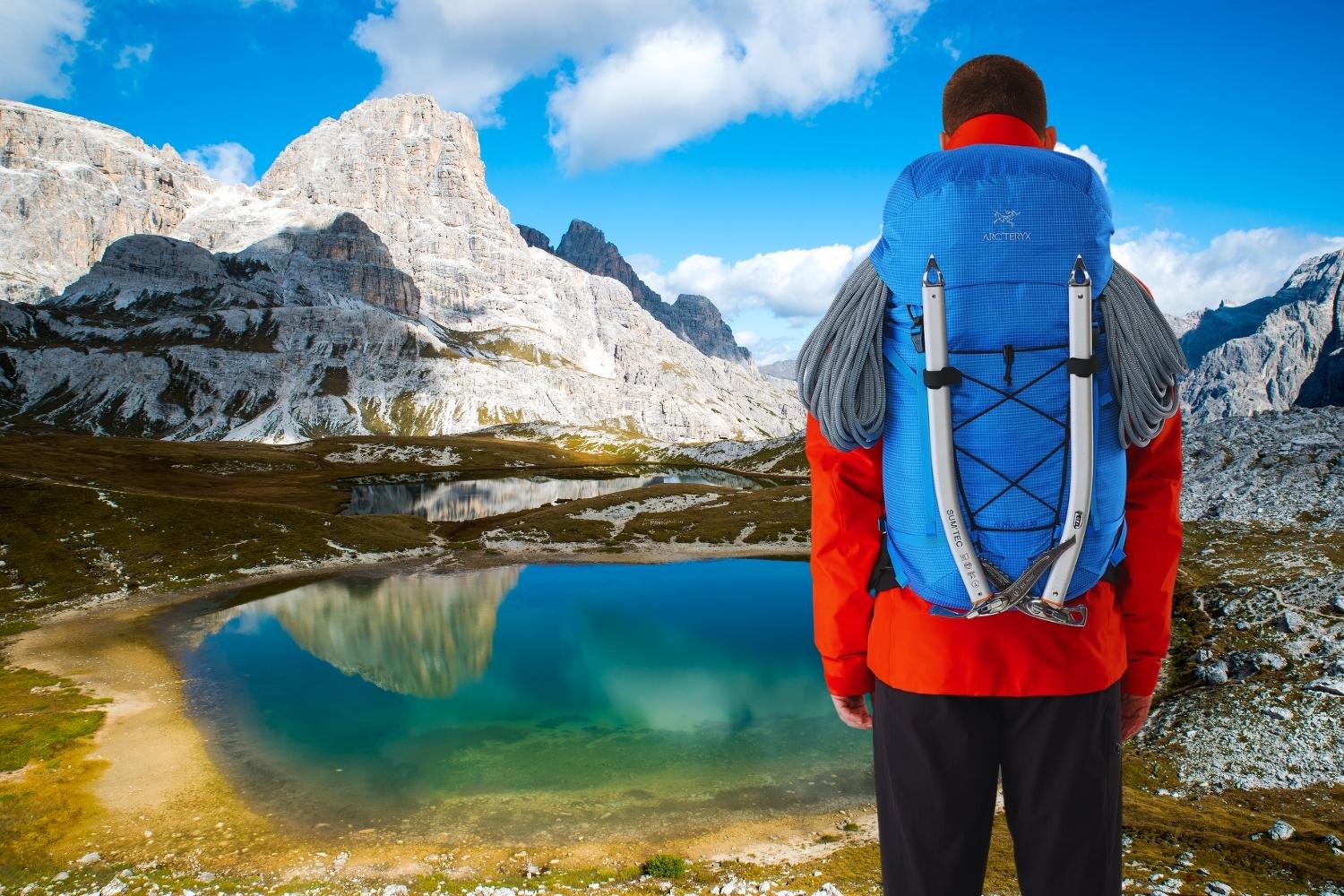
Average price: $ 175 USD
Capacity: 32L ( Gear Capacity29L / Hydration Capacity 3L)
Material: Robic recycled nylon 210D ripstop
Weight: 2.62 lbs / 1.190 kg
Pros: Air Support Max Back Panel – Ventilated Hip Belt with Cargo – Easily adjustable straps – Secure outer pocket
Cons: Little space for long hiking days
While hiking a fourteener, it’s important to have the right gear with you. Such as a first aid kit, rain jacket, warmer layer, food, headlamp, sunscreen, sunglasses, camera. With all of this gear, you need a backpack that can hold a little more than your standard hydration pack holds. The Fourteener by Camelbak is a great backpack for hiking as it has a nice size capacity and holds up to 3 liters of water. And while there are hundreds of backpacks out there that have a similar capacity of the Camelbak Fourteener, they don’t all have the features that make your trek that much more enjoyable.
For starters, the Camelbak Fourteener backpack has a suspension system called the DFIT that allows the shoulder straps to move as your body moves. The main compartment of the backpack zips open 2/3’s of the way to make it easy to get whatever you need while on a hike. There are two other outside zippered pockets on the Fourteener; one that is fleece lined that is nice for sunglasses, camera’s, or other valuables and another pocket that can hold other items you want quick access to. On the inside of the pocket mentioned, there is an internal zippered pocket with a key clip for those who want to secure their keys. If you like to use trekking poles or ice axes while hiking, there are two specific loops for trekking poles and one specific loop for an ice axe.
The back panel of the Camelbak Fourteener is covered by a mesh fabric and has padding near the lower back and on the shoulder blades. The rest of the backpack back is open to allow for some ventilation. This is nice for a little ventilation. To keep the Camelbak Fourteener secure on your body, there is a good sized and cushioned hip belt that keeps the bottom of the backpack snug to your hips. There is also an adjustable sternum strap to keep the backpack from sloshing around from side to side. For your hydration storage, there is a separate zippered compartment that sits closest to your back.
This backpack has optimal performance in the following circuits in the Andes: The Inca Trail to Machu Picchu, Ausangate Trek, Lares Trek, Tour to the Vinicunca Rainbow Mountain, Quelccaya Glacier Expedition, Salkantay Trek, Ancascocha Trek, Tour to the Inca Quarry, Trek to Huchuy Qosqo, Trek to Choquequirao.
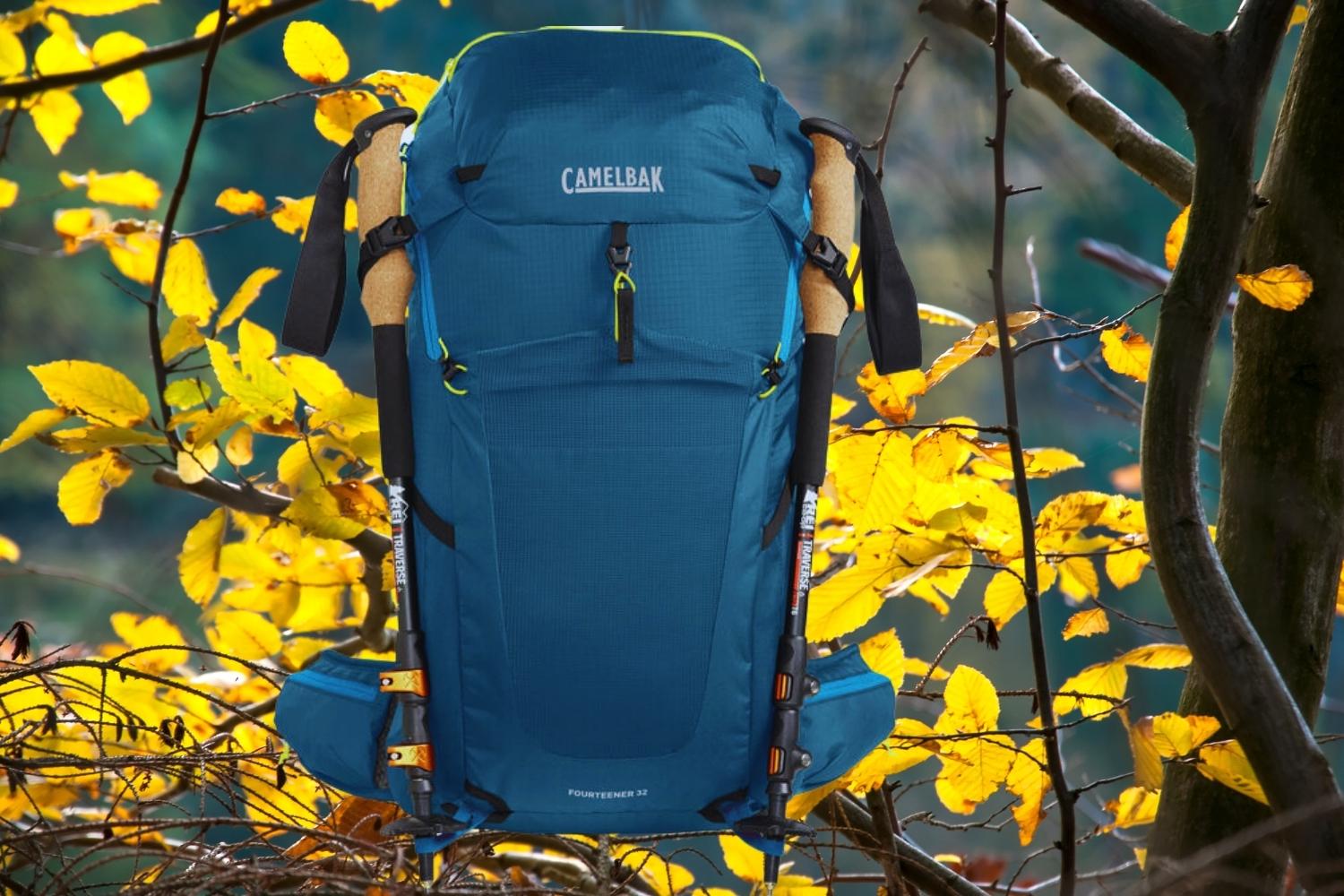
Average price: $ 169 USD
Capacity: 32L (1831 cu in)
Material:
Body: 8.7-oz 300-denier 100% postconsumer recycled polyester ripstop with a TPU-film laminate
Lining: 3-oz 200-denier 100% recycled polyester with a PU coating
Body fabric is certified as bluesign approved
Recycled: 98% of the line uses recycled materials.
Weight: 1.78 lbs / 0.810 kg
Pros: A great bag for travel- Comfy and padded shoulder straps- Completely waterproof design – Works with just about any hydration bladder of your choice
Cons: Mesh side pockets not big enough – Problems with the airmesh back ventilation
What sets this pack apart from others is that is really durable and robust, yet still manages to be lightweight. Thanks to the 300D ripstop with TPU film laminate (and weatherproof coating). This makes the bag a great choice for use in snow and rain. It is not waterproof per se, nor is it submersible, from biking around snow and rainstorms to winter conditions in the mountains, this pack held up just fine.
You can use it for outdoor adventures as there is a hydration port and sleeve. Since its launch with its first models, the Black Hole series, it has proven to be a good bag to carry all the essential components on high mountain hikes along the different routes of the Andes, even enduring weather conditions with a lot of rain (over 5 hours). ). A hiker simply feels safe from breaking things, and gives you the freedom to move on any trail.The shoulder straps have enough padding to carry a good amount of weight. There is a dedicated laptop and table sleeve that opens up completely to make it easier for travel inspection. This is also nice as it keeps the computer and table separate from the rest of the gear. There is a large double zippered pocket on top that swallows up gear. The main compartment is large and streamlined with one mesh zippered pocket as well. There is a verticle zippered pocket on the very front that is great for cables and a charger.
This backpack has optimal performance in the following circuits in the Andes: The Inca Trail to Machu Picchu, Ausangate Trek, Lares Trek, Tour to the Vinicunca Rainbow Mountain, Quelccaya Glacier Expedition, Salkantay Trek, Ancascocha Trek, Tour to the Inca Quarry, Trek to Huchuy Qosqo, Trek to Choquequirao.
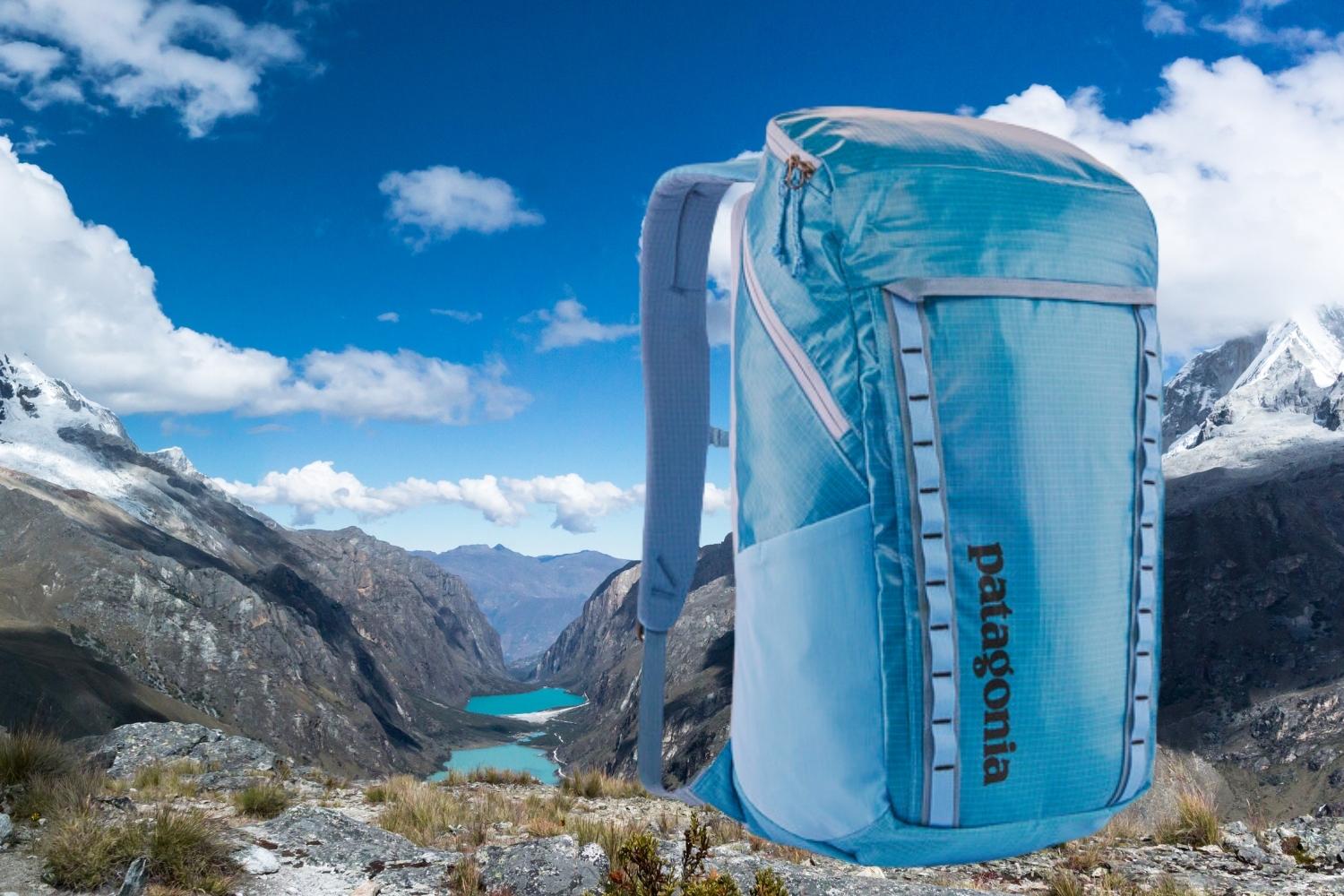
Average price: $ 80 USD
Capacity: 21L
Material: 100D Rec High Tenacity
Weight: 0.947 lbs / 0.430 kg
Pros: Lightweight – Adjustable and padded shoulder straps – Multiple pockets
Cons: Poor back panel ventilation – Weight distribution
It has a fairly unique V-shaped design that spreads the weight of the pack evenly between your shoulders, making it hug the shape of your back. This will allow you to move quickly without shifting your centre of balance too much at all. This makes it great for fast-moving activities where you don’t need to carry too much gear, like skiing, mountain biking, short hikes, or even trail running.
Another thing to enjoy about this pack is that it is hydration sleeve compatible. This is great because it means you can use it to replace your conventional hydration packs that don’t offer as much gear storage space. The ventilation of the back panel is one of the few things yuu will dislike about this pack. However, although it lets almost no air through, the padded mesh panel is extremely comfortable and spongey. The same goes for the compression shoulder straps, which are some of the most comfortable in a small and lightweight daypack.
The V-shaped body helps distribute the weight between your shoulders, so even if you load this thing up a fair amount, you won’t feel too much strain. The issue here, however, is that the unpadded hipbelt doesn’t offer as much support. The panel loading main compartment is large. Aside from that, there are four exterior pockets, including two side and two front stretch-mesh pockets. As always, these are essential on any daypack for storing things that you’ll need constant access to on your hikes, such as water bottles, snacks, rain jackets, etc. There are a number of loops and lashings on the outside of the pack where helmets, trekking poles and ice axes can be attached, further adding to the versatility of the pack.
This backpack has optimal performance in the following circuits in the Andes: The Inca Trail to Machu Picchu, Ausangate Trek, Lares Trek, Tour to the Vinicunca Rainbow Mountain, Quelccaya Glacier Expedition, Salkantay Trek, Ancascocha Trek, Tour to the Inca Quarry, Trek to Huchuy Qosqo, Trek to Choquequirao.
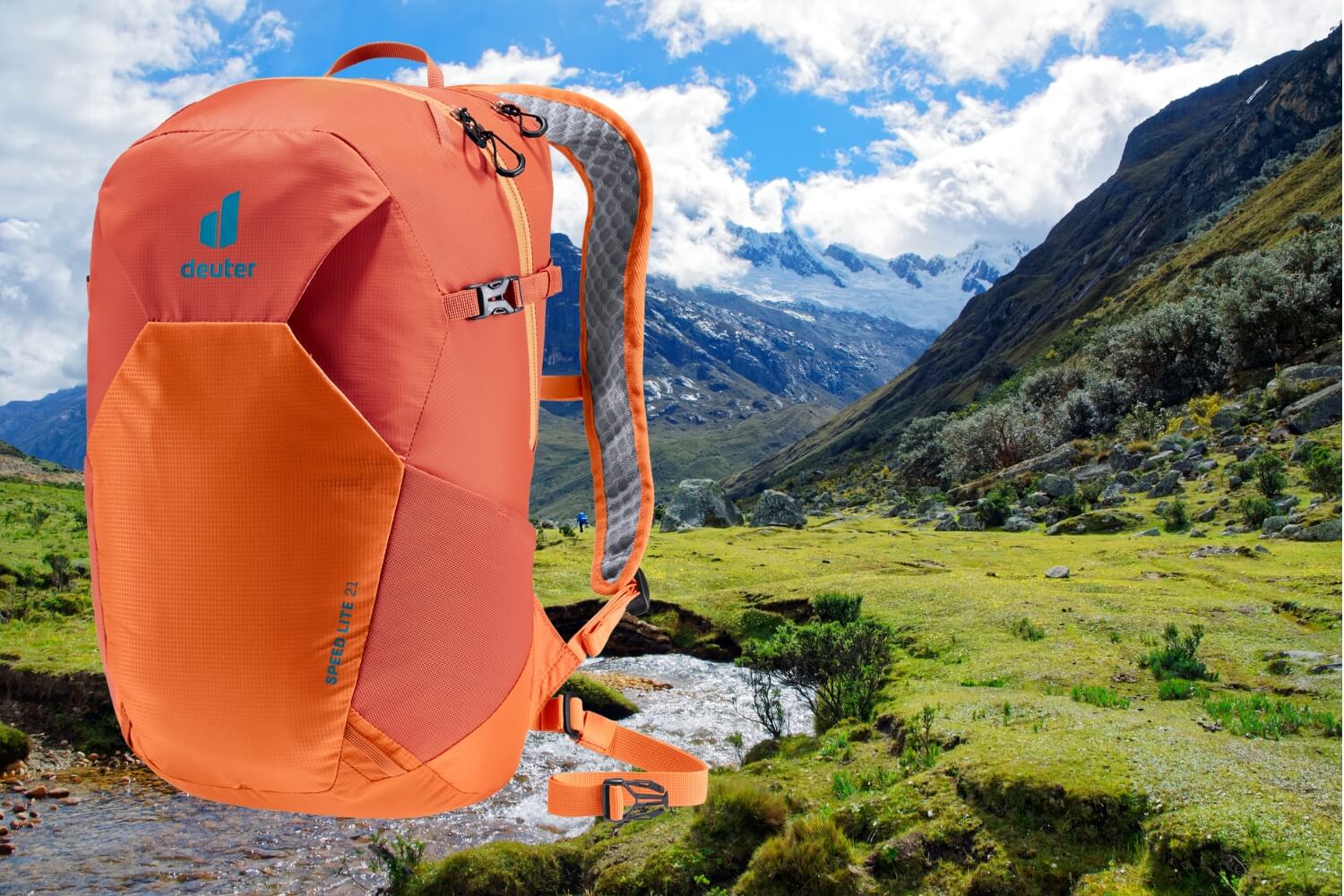
Average price: $ 250 USD
Capacity: 55L
Material:
External Material: 100% Nylon
Frame Materials: Tubular Aluminum & Fiberglass Anti-Barreling Cross-Stay & HDPE
Pack Body: 100D High Density 40% Recycled Nylon & 210D High Density 45% Recycled Nylon with PFC-Free DWR
Pack Bottom: 210D High Density 45% Recycled Nylon with PFC-Free DWR
Lining: 40% Post-consumer Recycled 135D Polyester with PFC-Free DWR
Weight: 2.44 lbs. / 1.11 kg
Pros: Light weight with a large carrying capacity – Great ventilation than most ultralight packs – Many well thought out add-ons
Cons: Only available in one color choice – Solid objects can be hard to secure in side-stuff pockets – Outer material could be more
The Facet 55 is a fantastic option for anyone looking for an ultra-light overnight pack with a price point comparable or better than the competition. It is a perfect choice for anyone hitting the trail for a couple days. The brain of the bag is removeable and replaceable with an included weather flap for any days you want to go ultra light. The sternum strap has a built-in whistle. This pack is compatible with hydration systems with its interior sleeve plus hanger and exterior sternum strap clip. There is also a connection inside the bag to connect their Nano day pack. The top of the main compartment has a quick pull draw string closure making the bag easy to open and close with gloves on. There are large, zippered pockets on either side of the hip belt big enough to fit a standard phone allowing easy access to essentials while on the move. Additionally, the back panel, hip belt, and harness of the bag have Gregory’s Polygeine Stays Fresh technology to inhibit the growth of odor causing bacteria.
This backpack is plenty durable for the average backpacking or day trip, but will not be the best choice for bushwhacking, climbing, skiing, or other higher risk activities. The fabric is perfect for keeping the bag light weight. The bottom of the pack is double lined for added durability, but the remainder of the main compartment has only one layer. The Facet also sport some useful features found on heavier, traditional packs, including: front attachments for trekking poles or one ice axe; adjustable Z-compression straps that permit you to attach a foam sleeping pad to one side or across the lower front; top compression on the main compartment; and a whistle on the sternum strap. The internal bladder sleeve is conveniently compatible with Gregory’s nice 3D Hydro reservoir, allowing you to easily clip that bladder onto a hook that holds it in place.
This backpack has optimal performance in the following circuits in the Andes: The Inca Trail to Machu Picchu, Ausangate Trek, Lares Trek, Tour to the Vinicunca Rainbow Mountain, Quelccaya Glacier Expedition, Salkantay Trek, Ancascocha Trek, Tour to the Inca Quarry, Trek to Huchuy Qosqo, Trek to Choquequirao.

Average price: $ 160 USD
Capacity: 25L
Material: Recycled Nylon 210D
Weight: 2.09 lbs. / 0.950 kg
Pros: Light weight, good weight distribution system, ideal for short walks
Cons: Not recommended for large weights
The Mountain Trainer 2 is designed with a Dry Back close carry and split shoulder straps for increased stability, breathability and freedom of movement when hiking or climbing via ferratas. This sleek, low-profile 25-litre version has a zip-top closure and easy-access front compartment. Its Dry Back Contact carrying system keeps the load close to the body, yet ensures that your back remains dry. It does this by allowing higher perspiration per cm² than traditional constructions and by reducing the temperature in the central back, thanks to its reduced contact area and 3D air channels. The twin compression system and wrapping hipbelt with additional gear loop for via ferrata carabiners and handy mesh pocket ensure a secure fit and optimum load control.
For stability and control, our sophisticated Twin Compression System (TCS) includes upper and lower compression for easy volume adjustment, so you can stabilize and centre the load at all times. And the lightweight Split Shoulder Straps give you enhanced arm mobility for freedom of movement and also reduce body contact, promoting greater perspiration comfort and enhanced airflow. Mountain-focused features include: a daisy chain, pole attachment, rain cover, easy-access side mesh pockets, a hip belt pocket and more. Made using sustainable manufacturing practices and robust 210 denier recycled ripstop nylon, this pack is a SALEWA Committed product.
This backpack has optimal performance in the following circuits in the Andes: The Inca Trail to Machu Picchu, Ausangate Trek, Lares Trek, Tour to the Vinicunca Rainbow Mountain, Quelccaya Glacier Expedition, Salkantay Trek, Ancascocha Trek, Tour to the Inca Quarry, Trek to Huchuy Qosqo, Trek to Choquequirao.
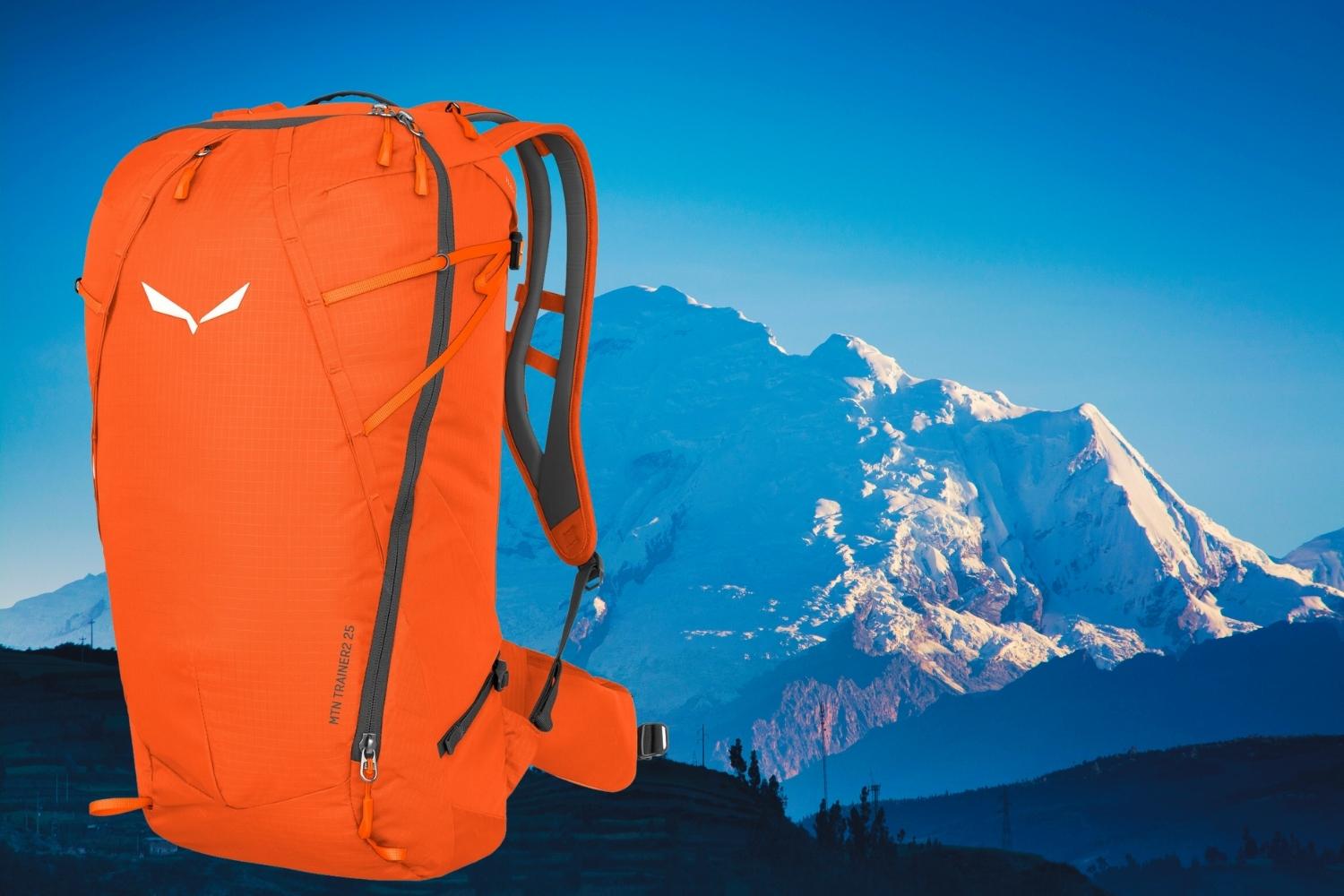
Average price: $ 310 USD
Capacity: 70L
Material: 500D TEXTURED PA – 235 D REC PA PLAIN bluesign
Weight: 5.57 lbs. / 2.530 kg
Pros: Multi-Purpose All Season Pack – Top-Loader & Detachable Lid – Lightweight (Considering its Size)
Cons: Not the ideal women‘s backpack – Short on those extra handy pockets – Not the best back breather
Its superior carry comfort is down to the deuter Aircontact back system with Air Spacer mesh and a large ventilation channel, plus ergonomic ActiveFit shoulder straps and an adjustable sternum strap. The Y-shaped frame, mobile hip fins and ergonomic lumbar pad combine to distribute the load effectively. A full-length, J-shaped zipper on the front makes contents easy to locate lower down in the main compartment. While large, detachable hip fin pockets (3 L) provide extra storage and keep items within reach. A zip-out 1.5-liter bottle holster also lets you hydrate on the move.
Depending on what you’re undertaking, the modular gear straps on this pack can be positioned to attach a range of ítems, to attach a sleeping mat or tent, or to compress the load in the base of the pack. The new Air Spacer mesh performs three functions in one: Comfort, cushioning and ventilation. The respective volume sizes of the backpacks can be optimised to the individual size of the wearer and are very comfortable to wear thanks to the adjustable back length of the VariSlide system, the precise-fitting VariFlex hip fins and the movable ActiveFit shoulder straps, among other things.
Very large, detachable hip fin pockets (3 L) provide extra storage and better organization to keep items within reach. A zip-out 1.5-liter bottle holster built into the right-hand pocket also lets you hydrate on the move.
This backpack has optimal performance in the following circuits in the Andes: The Inca Trail to Machu Picchu, Ausangate Trek, Lares Trek, Tour to the Vinicunca Rainbow Mountain, Quelccaya Glacier Expedition, Salkantay Trek, Ancascocha Trek, Tour to the Inca Quarry, Trek to Huchuy Qosqo, Trek to Choquequirao.

Average price: $ 315 USD
Capacity: 40L
Material: Recycled Nylon 210D
Weight: 2.49 lbs. / 1.130 kg
Pros:
Waterproof: 50,000mm water column in main material
Functional: Waterproof with full access to equipment fastenings
Comfortable: Back system with stabilizer and optimal load distribution
Cons: A bit expensive, no external pockets
Demanding hikers and travellers want to be out in the mountains no matter the weather, which is why the PEAK DRY 40 for high alpine summits and exciting multi-day tours is completely weatherproof. With a packing volume of 40 liters, the PEAK DRY 40 provides sufficient space for multi-day high alpine tours – without compromising on comfort. A Full Contact Light back system with stabilizer provides a comfortable fit and great control even with heavier loads, while the hip belt will optimally distribute the heaviest of weights. This high alpine touring backpack will keep everything dry thanks to the high-frequency welding that makes all the seams waterproof. A circumferential, waterproof zipper provides easy access to the main compartment from the front. In the interests of the environment, the PEAK DRY 40 is also especially environmentally friendly, as it has no DWR coating and is thus PFC free.
Helmet net, material loops, load control cords and rope and ice-axe fastenings make the PEAK DRY 40 optimally equipped for alpine use. Most importantly, all the features will function in any weather because the fastening options are not obstructed by a rain cover. For those who wish to reduce weight on their way to the summit: the hip belt, ice axe holder and lid compartment can be removed completely. The PEAK DRY 40 is thus a reliable companion for demanding alpinists who value their independence in the mountains. Small items that need to be accessed quickly can be stored in the hip pocket or in the map compartment.
This backpack has optimal performance in the following circuits in the Andes: The Inca Trail to Machu Picchu, Ausangate Trek, Lares Trek, Tour to the Vinicunca Rainbow Mountain, Quelccaya Glacier Expedition, Salkantay Trek, Ancascocha Trek, Tour to the Inca Quarry, Trek to Huchuy Qosqo, Trek to Choquequirao.
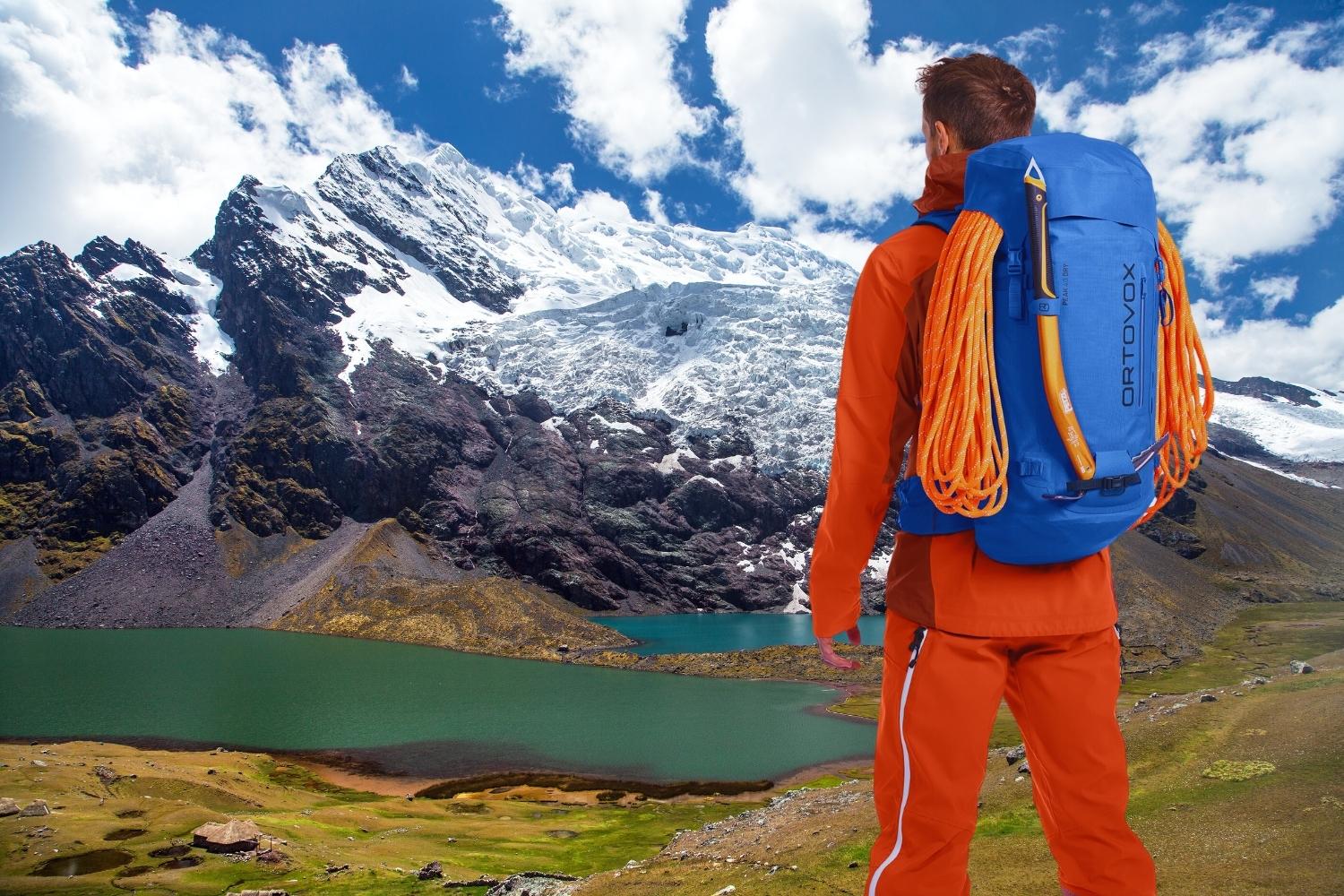
Average price: $ 380 USD
Capacity: 100+20L
Material: 210D 4 Axis Ripstop and 330D Stripe Dobby / TriShield
Weight: 7.20 lbs. / 3.27 kg
Pros: Cutting-edge materials, numerous compartments, excellent transport system to handle heavy loads.
Cons: Not recommended for short walks
Designed for committing multi-day treks and self-sufficient expeditions, the Cerro Torre 100:120 has significant capacity to comfortably carry everything you’ll need. Keeping you organised on the move, it has zipped front and lower entry with internal zipped divider panel. An extendable lid increases the volume by an extra 20 litres, while a HeadLocker axe attachment and lash points on the outside of the pack ensure that all your gear goes wherever you do. The lid is also removeable and converts into a 15L day pack with a front pocket. You can leave your gear at basecamp and head out to explore with a lighter load or stash the bulk of your kit before pressing on to a summit with the bare necessities. Made with tough ripstop fabric with a TriShield weather protective finish, the Cerro Torre stands up to rugged terrain and rough weather. The VT Flex™ carry system features an adjustable back length, a forward pull hipbelt for an easy fit, and dual pivot hip fins which move with you for enhanced comfort carrying heavy loads.
This backpack has optimal performance in the following circuits in the Andes: The Inca Trail to Machu Picchu, Ausangate Trek, Lares Trek, Tour to the Vinicunca Rainbow Mountain, Quelccaya Glacier Expedition, Salkantay Trek, Ancascocha Trek, Tour to the Inca Quarry, Trek to Huchuy Qosqo, Trek to Choquequirao.
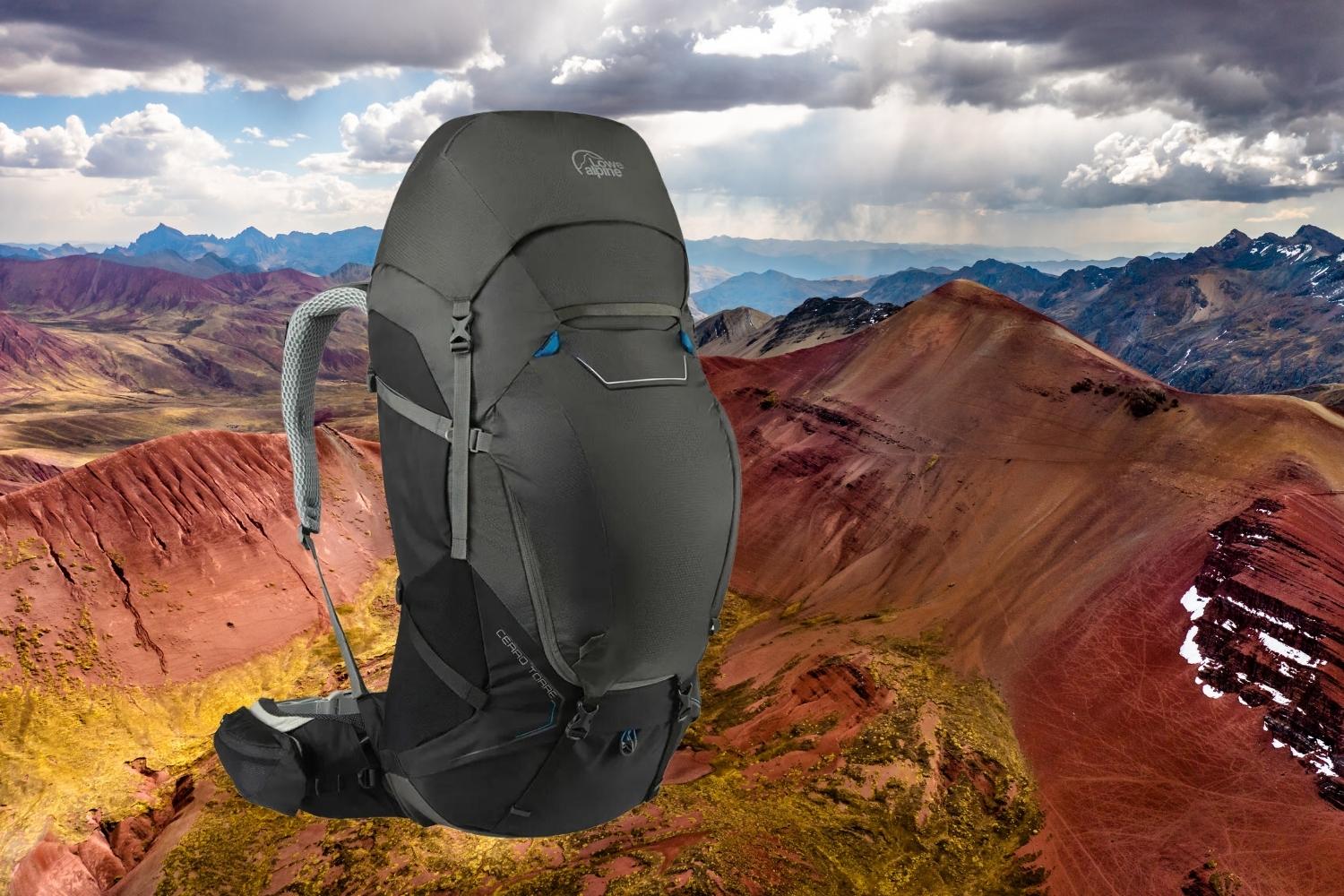
One of the most important factors in a backpack is the capacity of your bag. Hiking backpacks are sold with sizing in liters, and you’ll typically find sizes all the way from 10 liters up to 75 liters.
Ideally, you should store all your gear inside your pack so you can move with the greatest efficiency. Because of this, the capacity you need is often determined by the length of your trip. The longer you plan to be on the trail, the more space you need. Most companies offer the same backpack style in two or three different capacity sizes. You can get away with a 40- to 45-liter model for a quick overnight or light weekend when you have less to haul. But choose a pack between 45 and 60 liters for all-weekend trips or between 65 and 80 liters for extended multiday treks. If you aren’t sure how much space you need or want to invest in one pack that can handle anything, look for a model with an expandable design.
When you’re heading out for just a day on the trail and plan to be back at your campsite or car that evening, then you’ll only need a small daypack. These packs are typically around 20 liters or less and will have enough space for plenty of snacks, water, layers, and a medkit.
A 30-50 liter pack will typically offer plenty of space for all your storage needs for these shorter backpacking trips. It certainly takes practice and discipline to fit all your gear into a pack on the smaller side of the spectrum, but it will also keep you from overpacking!
Packs in the 50-70 liter range will offer ample space for several nights out in the backcountry. The exact size that works for you will depend on your gear, packing proficiency, and culinary choices. If you’re newer to backpacking, an option in the 60-70 liter range will likely suit you perfectly. Gear organization becomes a critical factor with these larger packs. Therefore, the best backpacking backpacks will often include more pockets and storage options to help keep you organized.
Extended trips often require more supplies, food, and fuel. Therefore, the best backpacking packs for this category will be 65+ liters. Grizzled veterans of the backpacking world can make do with less, but 65 or more liters will offer plenty of space to accommodate your standard hiking and camping gear.
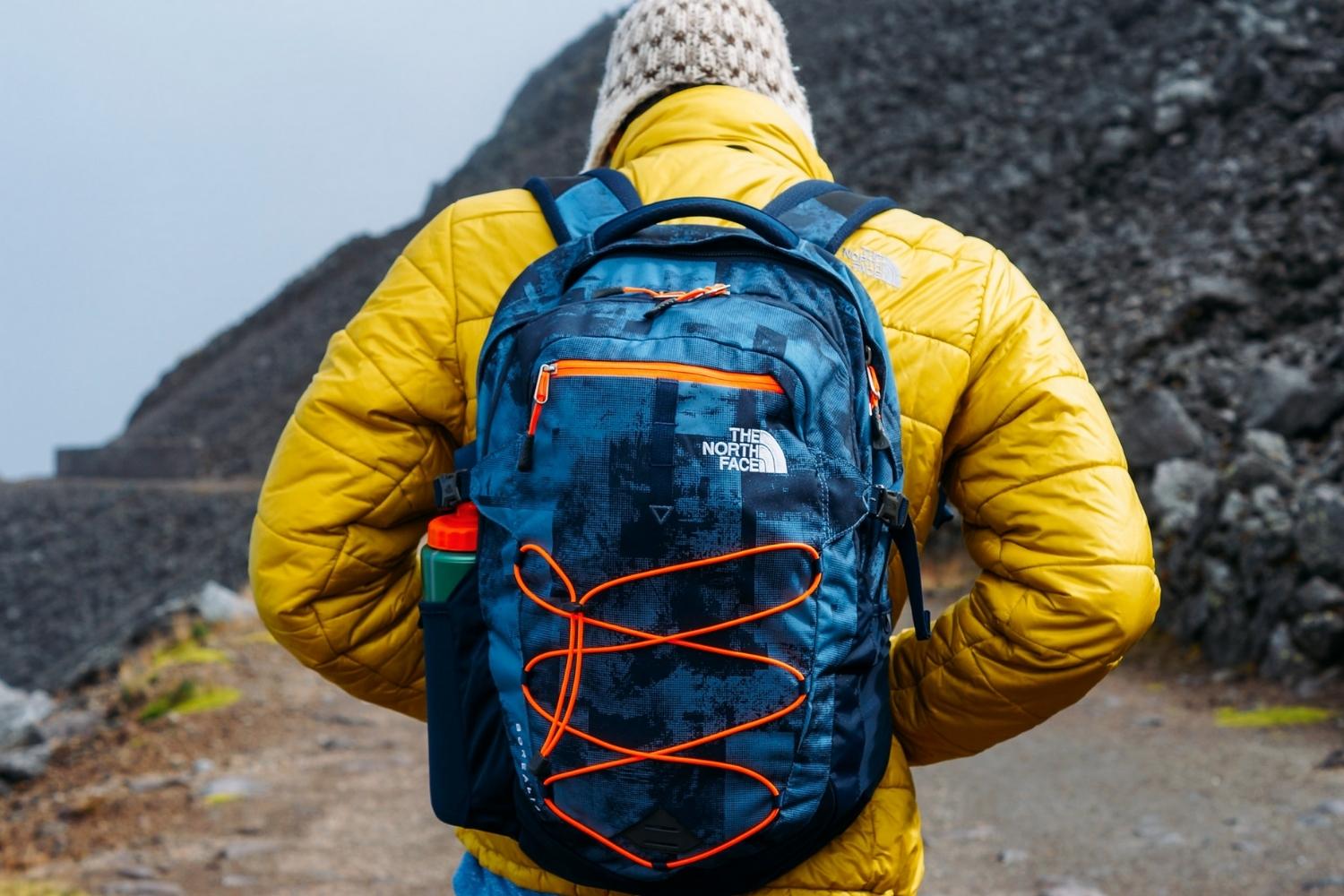
Some hiking backpacks have frames and others are frameless. A framed backpack, such as the Osprey Hikelite 18, typically provides more support and stability, as it braces itself better on your back.
These also can carry more weight and distribute the weight across your back better than a frameless pack. Frameless backpacks, such as the Osprey Daylite Plus, can be great too, especially if they’re a smaller capacity or have other supporting mechanisms such as a hipbelt.
Frameless backpacks are for those devoted to the ultralight life, as they allow you to hike fast without much weight. Frameless packs are great for mountain biking and climbing and many of them come with detachable frames that you can easily install if necessary. However, it’s important to note that packs without frames become much more uncomfortable to wear when loaded up, especially on multi-day excursions.
External-frame backpacks have external load-supporting structures. They often use aluminum hardware that sits on the outside of the backpack. These kinds of backpacks are wonderful for those who are carrying bulky, irregular-sized loads, including things like inflatable kayaks or tents. You also have greater organizational options when you have an external frame, as well as solid ventilation.
Most modern hiking backpacks are internal-frame backpacks. These body-hugging packs are made with frames inside the back panel of the pack’s structure. They excel in keeping hikers stable, especially when traversing off-kilter or uneven terrain. Many high-end internal frame backpacks use load-supporting technology for transferring weight burden to the hips, allowing wearers to use their center of gravity.
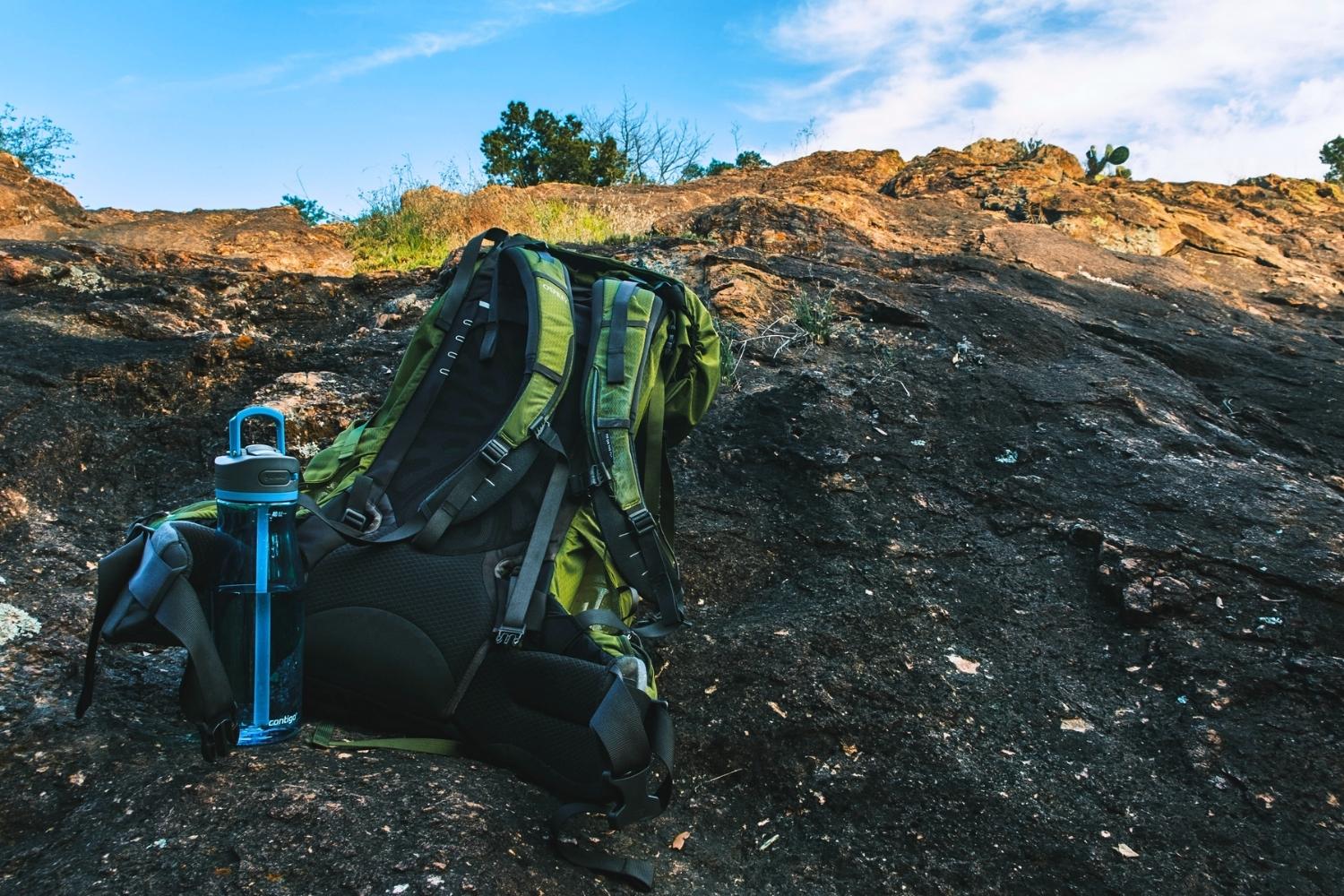
Of course, you’ll be looking at the pockets in a backpack to make sure that the organization is something that you can work with. Most bags have a large, main compartment that can store all of your large gear such as extra clothing, your lunch for the day, etc. Then, many have smaller zippered pockets that can store small things such as snacks, first aid kits, or headlamps. Others have pockets on the hip belts or on the side for water bottles. With all of these different types of pockets, you can organize all of your items how you like them.
The top-lid pockets are found on the tops of backpacks and are also great for smaller items, such as headlamps, sunglasses or multi-tools. You may consider looking for one with a soft lining on the inside to protect your glasses from getting scratched.
The access to your bag is how you’re able to get into the pack and get your gear out. Most backpacks have a large zipper on the top that just opens your bag and allows you to reach in and grab out the items that you need. Some other packs have openings on the front or side, which can sometimes make accessing your gear easier.
The weight of the backpack itself is an important consideration, especially if you’re going to be using it for backpacking or multi-day hikes. When you have a backpack that is already heavy without any gear in it, you’re just adding unnecessary pounds to the overall weight of the pack.
If you’re going on shorter day hikes, the weight may not be as important because you don’t have to carry the bag for long periods of time. Framed backpacks tend to be heavier than frameless, but the choice will all come down to what is most important to you.
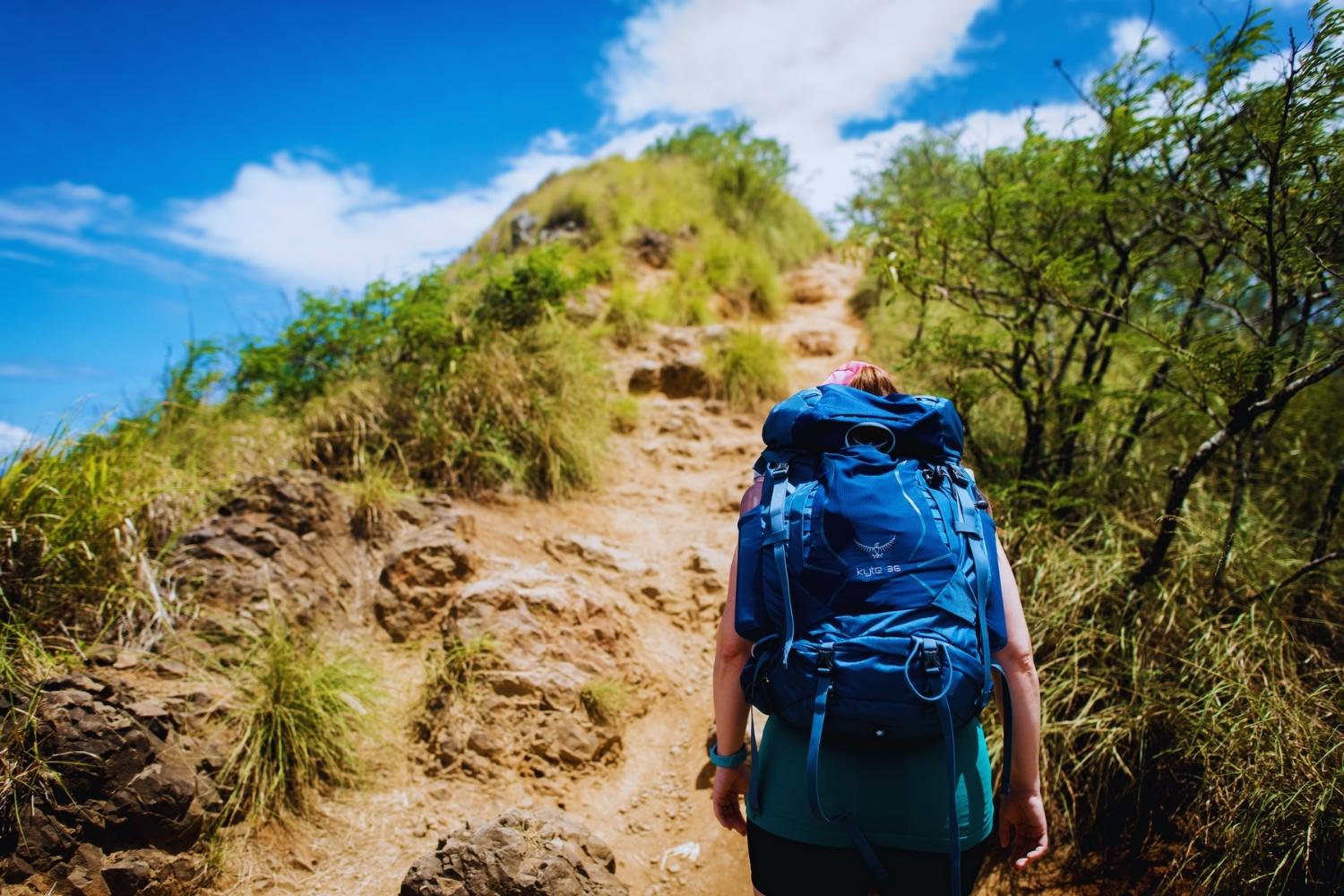
Most backpacks that are designed for hiking have a specific pocket designed to hold a water bladder. They also then will typically have a port at the top of the backpack which is for threading your straw through to drink from. But if not, you can always carry water bottles in the side pockets that most backpacks have.
Of course, one of the most important parts of choosing anything that you’re going to be wearing is checking how comfortable it is. It’s just not worth getting out there on the trail and realizing that you’re going to be uncomfortable all day long.
Most hiking backpacks are designed to be comfortable since they’re going to be worn for a long time. Many of them have padded mesh shoulder straps, which help prevent the weight of the bag from digging into your shoulders. They also typically have padded back panels to help prevent the same thing.
Most cheap hiking backpacks are sold in just one size, but there is a chance that they may be sold in multiple sizes. If you’re looking at a pack that is sold in multiple sizes, then it’s likely that it’s sold by your torso length and sometimes, your hip size. Your torso length is the distance between your iliac crest and your C7 vertebra on your back. To measure your hips, simply find the widest part of your hips and measure around them.
There are many types of ventilation options to choose from when buying hiking backpacks. Many buyers tend to look for suspended mesh back panels. This design pushes the back of the backpack away from your body for better circulation and less sweat on the back, which is often a consequence of internal-frame packs that hug the body.
Framed packs are typically pretty breathable because they oftentimes have a mesh layer that holds the bag away from your back. This helps prevent you from getting super sweaty when it’s hot outside. Frameless packs are less likely to be as breathable since they have no way to stay away from your skin.
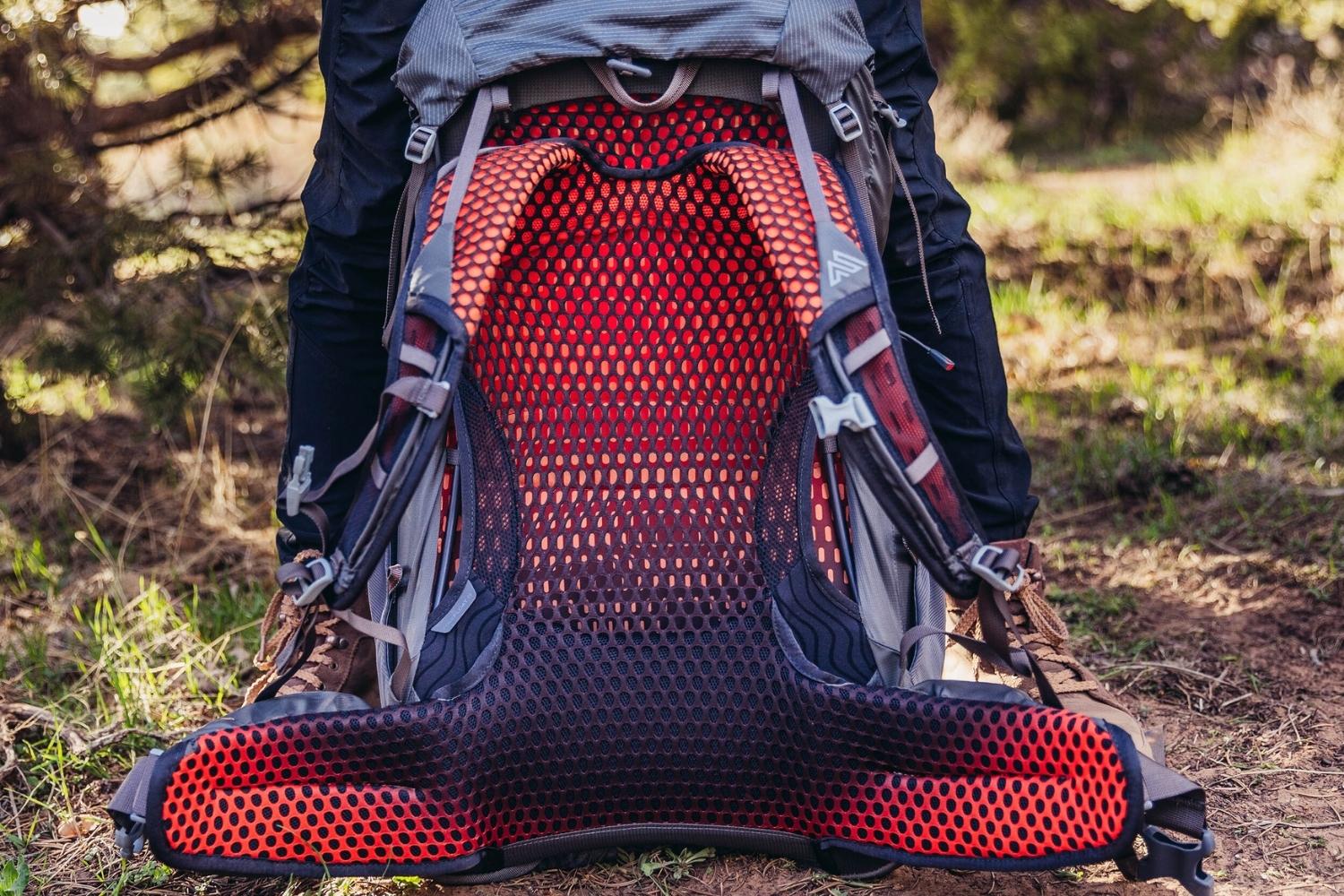
Many backpacking packs will offer additional storage pockets to help keep your gear compartmentalized. A large exterior mesh pocket is common, offering a good spot for quick access to layers or rain gear. Additional zippered pockets also offer more organization options to keep your gear organized. Lastly, almost all backpacking backpacks feature a top lid that closes over the main compartment access point. These top lids offer varying levels of storage, and additional zippered pockets here are perfect for snacks, a headlamp, maps, and other small gear.
Finding a properly sized pack is crucial to enjoying your adventures. Too large or too small, and you’ll be feeling the consequences in your hips, back, and shoulders. Most backpacks come in men’s and women’s versions with Small, Medium, and Large sizes. These sizes are based on your torso and hip measurements, so take the time to measure yourself before purchasing. These sizes can often differ from your usual clothing sizing because they’re not using the same metrics, so don’t make any assumptions about your size before measuring.
Hiking packs take a lot of abuse on the trail. Trees, rocks, dirt, rain, and errant hiking poles are just a few of the many adversaries that your backpacks face. Therefore, your choice should include tough and durable materials that can stand up to many seasons’ use of adventure. Material thickness is measured in deniers. The higher this number, the thicker the material and more durable it is. Nylon and polyester blends are the most common choices among backpack manufacturers. However, high-strength and low-weight Dyneema is also an impressive material choice that offers superb durability but is much more expensive than more common nylon and polyester.
Most lightweight hiking backpacks are made using nylon or DCF (Dyneema Composite Fabric) varieties. Not only are these two variations of materials very lightweight, but they also offer water resistance. DCF is generally lighter and more water-resistant than nylon. However, you will end up spending more on DCF backpacks. When looking at backpack specs, you’ll also often see a letter ‘D’ next to the material label. For example, you might see a backpack that is 600D or 400D. This ‘D’ stands for Denier, which is a unique measurement that takes durability and resistance into account. Higher denier numbers provide better durability.
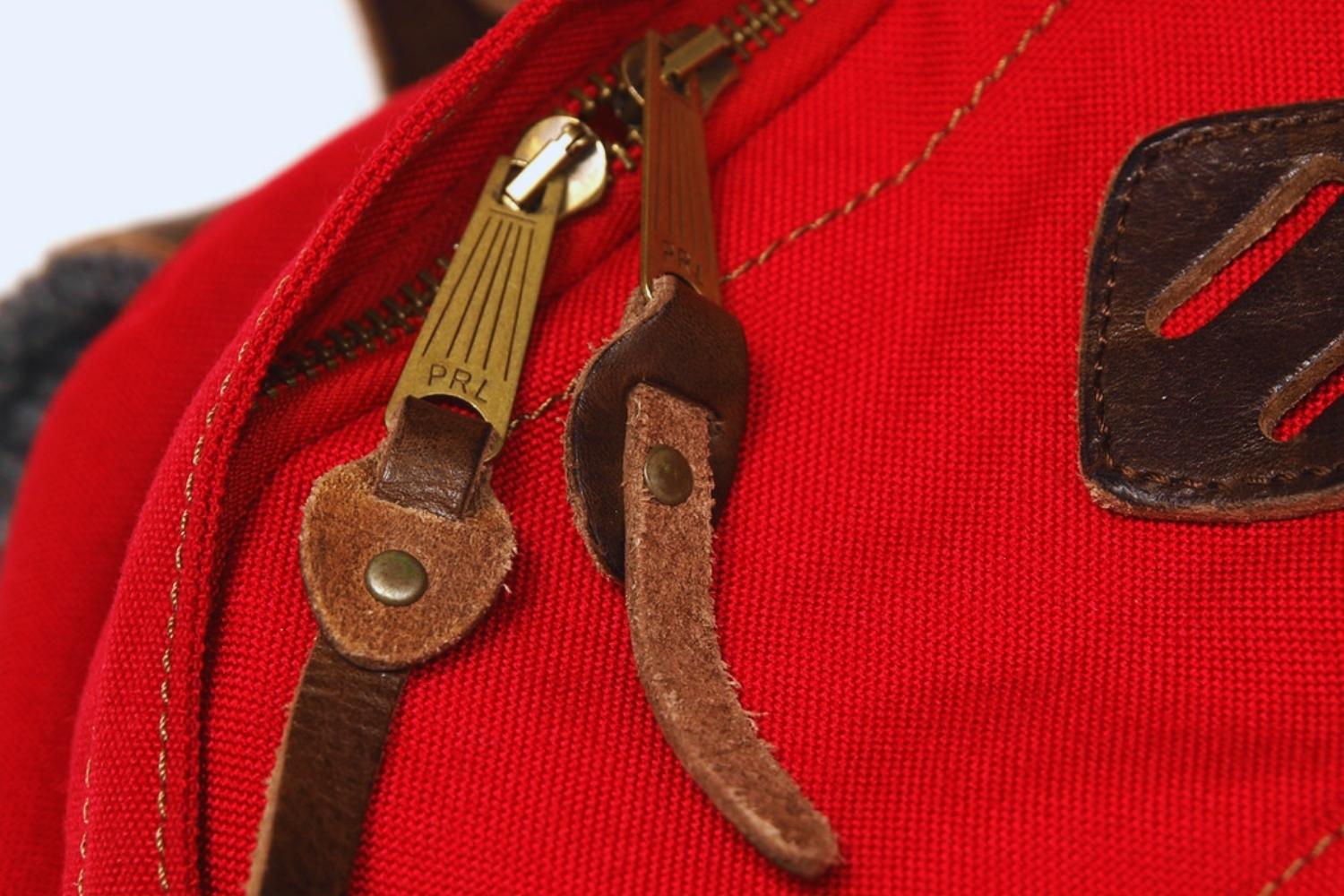
The best backpacking backpacks often have a hefty price tag to match their tremendous importance in the backcountry. Therefore, it’s important to consider the features, quality, and price point that fits your budget and base your search on these criteria. Top-of-the-line premium packs can run above $300. However, most solid, quality backpacks will be priced in the $200-$300 range. Lastly, if budget is your primary concern and you don’t mind sacrificing some features and comfort for a lower price, you can find budget pack options hovering around $150.
There’s no better item to have with you at all times than a raincover, especially if you’re not 100% sure there won’t be rain. While most hiking backpacks utilize waterproof coating, that doesn’t mean water can’t get through the zippers and seams. Plus, during a serious downpour, the water weight will be absorbed into the exterior fabric.
This is where having a pack with an included raincover comes in handy. Of course, you can always line the inside of your pack with a garbage bag to keep your clothes and hiking socks dry as well, though a raincover is a far more professional style of waterproofing.
Shoulder straps need to hug your body closely, sharing the weight of a backpack with the hip belt. This is one of the areas where female hikers will find women-specific backpacks with shaped straps more comfortable. Shoulder straps themselves come in different widths and with more or less generous padding, it’s a personal choice between comfort and weight. Some straps also feature a small pocket or hooks on which to hang kit, ideal for items like your compass or multitool. This particularly true on hydration packs designed for adventure runners, who want to be able to grab energy gels and hydration pouches on the go.
A backpack, as the name suggests, is a pack that you transport on your back. It has two shoulder straps and is made from waxed/crafted canvas or leather depending on either it is a hiking, traveling or a day-to-day backpack. The shoulder straps on a backpack, however, don’t carry a lot of weight, rather, this is the responsibility of a hip belt.
A Good quality backpack has a hip belt that helps you transfer the weight of the backpack from shoulders to hips thus allowing your load to be carried by the biggest muscle of your body, the legs. For heavy loads to be worn with no back pains, your backpack’s hip belt has to be long enough to not wrap around your waist but around the front of your hips.
A rucksack, essentially, is a type of a backpack that is mainly used for outdoor activities like camping and hiking. It has multiple pockets and straps for you to store your stuff in it and attach it snugly to your body. You will often find a rucksack to have chest belts as well as hip belts for that right weight distribution. A rugged rucksack is ideal for long hiking trips and travels around the world.
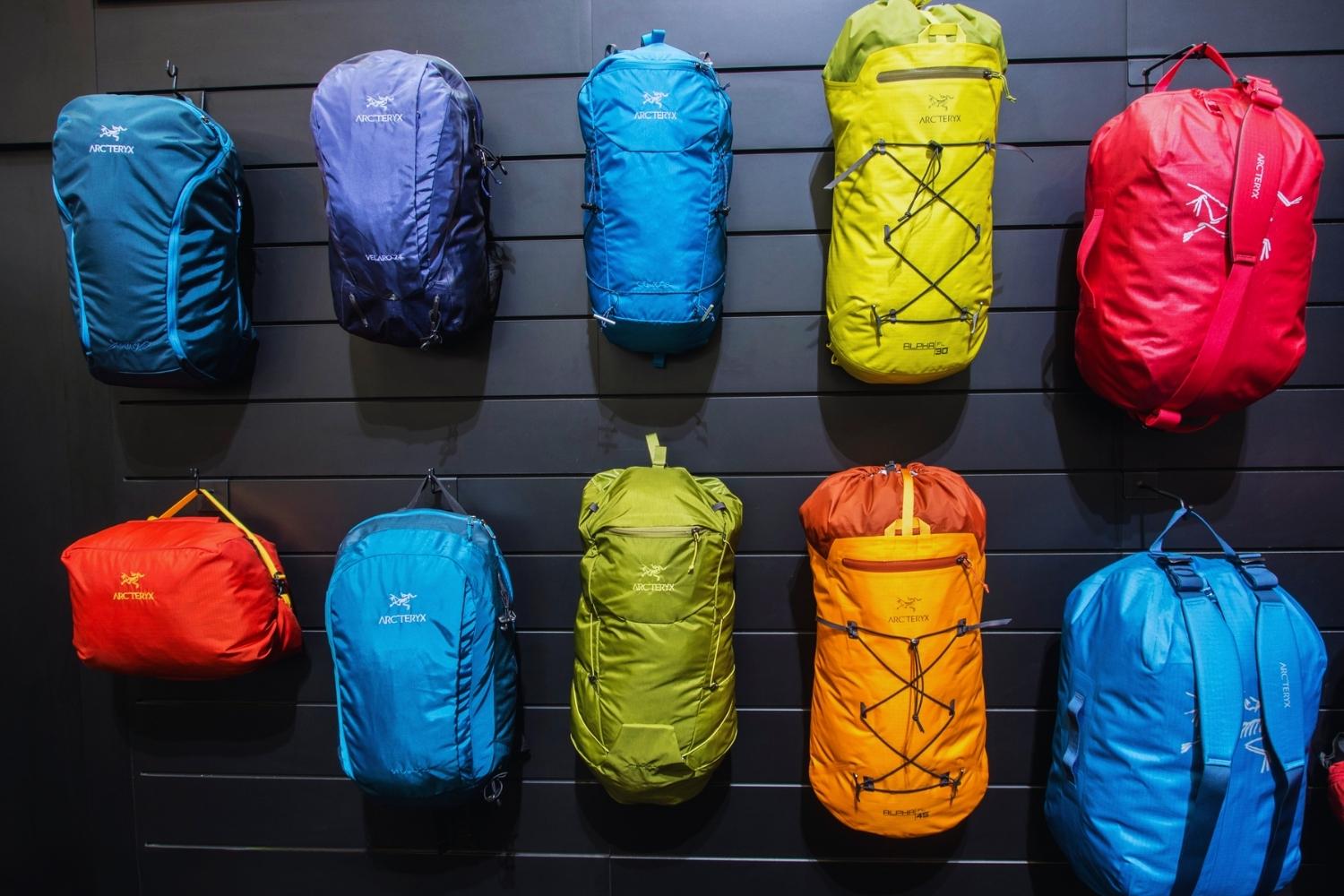
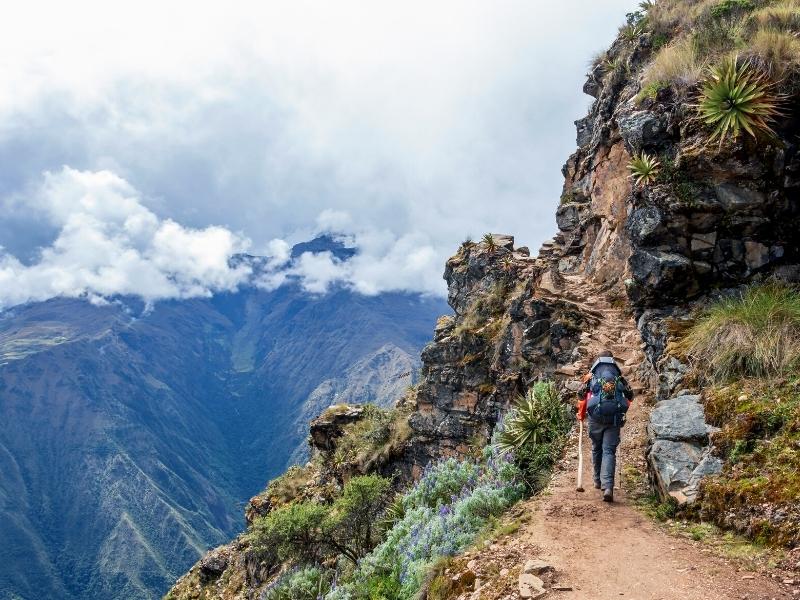
Visit the two jewels of Inca architecture, the sacred sanctuary of Choquequirao is built on a mountain above the great canyon of the Apurimac River, then you will visit the modern wonder of Machu Picchu together with our guides who are passionate about the history and culture of Peru.
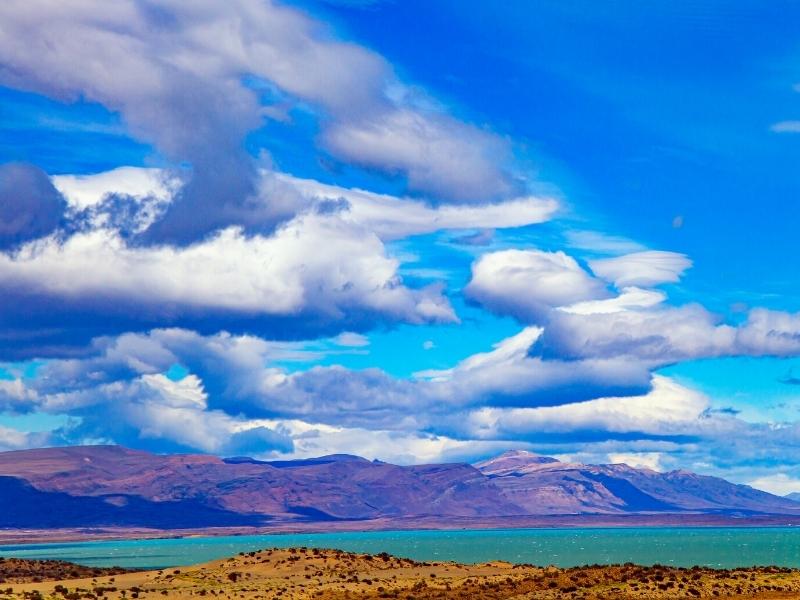
Ausangate is home to some of the most breathtaking natural wonders on earth. A must visit is Sibinacocha Lake. Top to bottom, you’ll see a glorious storyline of mountains, including a large portion of the Andes buried under centuries of ice and snow, as well as, glaciers, glacial lakes, and lush andean valleys.
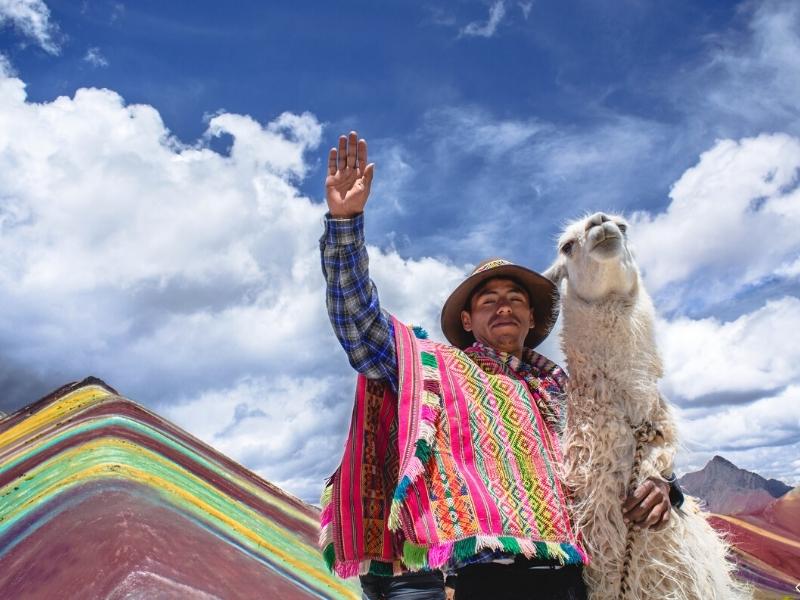
The Ausangate Trek is renowned for its otherworldly natural scenery. It’s considered by many to be one of the world’s best high-altitude treks, the trek takes hikers over several high passes, into low alpine valleys, and through traditional Peruvian villages.
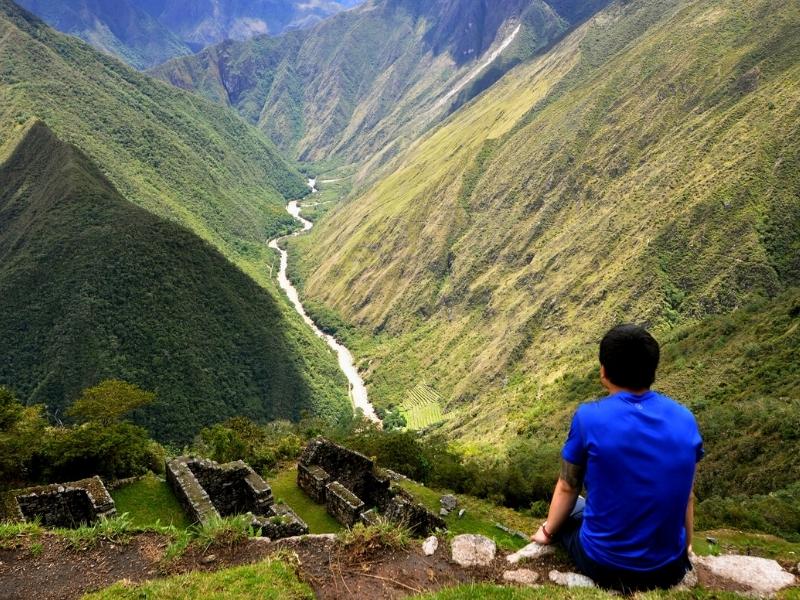
Explore the Manu Amazon Rainforest & Inca Trail hike to Machu Picchu, you will enjoy the best adventures in Peru, exploring amazing inca trail routes and the best amazon wildlife with our local tour guides, in small groups.

Enjoy an incredible vacation, in the heart of the Inca empire, Cusco, our travel program will take you to the most famous tourist attractions of Cusco, such as the Sacred Valley of the Incas, Machu Picchu, in very cozy hotels.


The classic Inca Trail hike to Machu Picchu is one of the world's greatest hikes. Along the 45 km you will explore unique andean valleys, lush mountain forest.An exquisite architecture of the Inca sanctuaries, which will dazzle you for its fineness and location within the Andes.